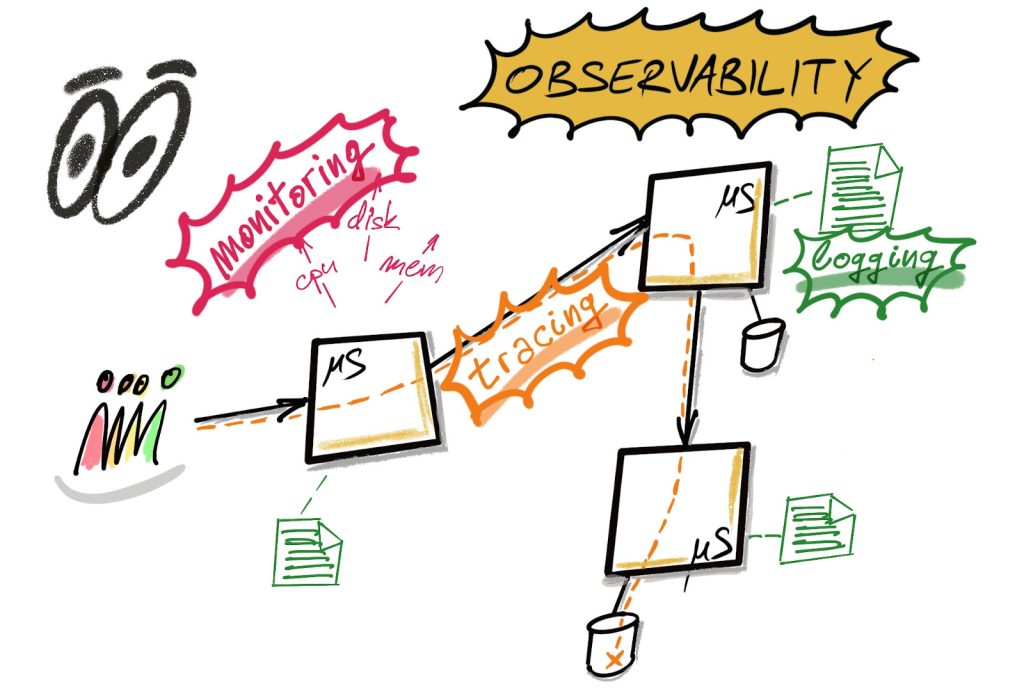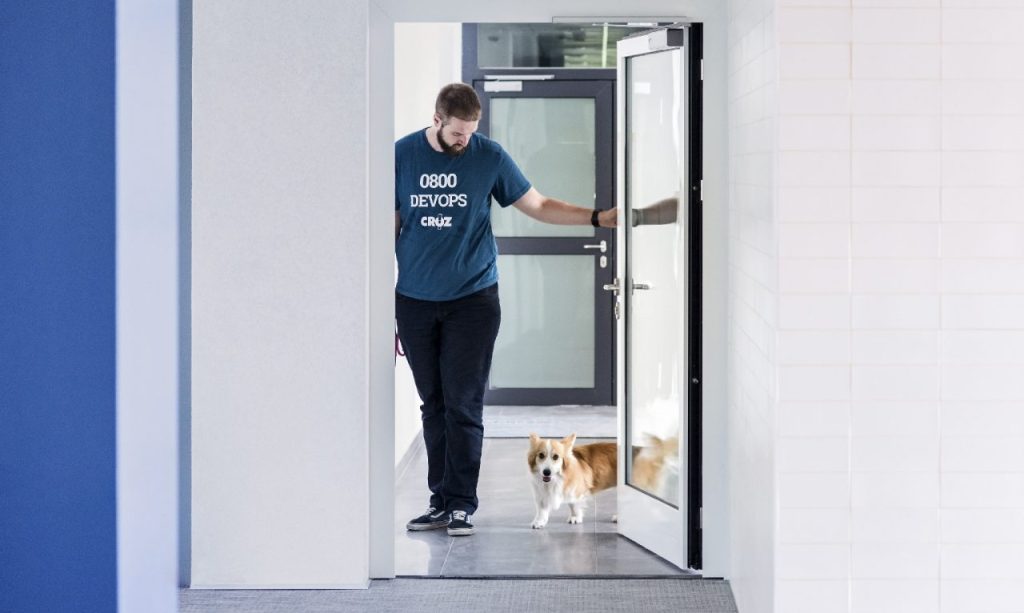If you’re interested in reading interviews with thought leaders and a digest of exciting ideas from the world of DevOps straight to your inbox, subscribe to our 0800-DEVOPS monthly newsletter!
In focus: Micronaut framework
Spring is great, why would you ever want to use anything else? It has IoC and DI and all that cool stuff. We’re in love with Spring since 2003! <3
But precisely what made us fall in love in 2003 is what strains our relationship today. Spring uses reflection to do its magic with IoC and DI. That makes it a bit slower during startup and taking up more memory. Irrelevant facts nobody cared about back in 2003 when apps were monolithic, packed in a single WAR and deployed in one massive application server.
Time passes, people change, let alone technology. We are now moving to cloud runtimes and microservice architectures. It turns out that in such circumstances every additional second of startup time and every additional MB of memory counts. What used to be a small and irrelevant annoyance grew to a more significant issue. How are we supposed to build a microservice system when each microservice uses 500MB of memory and spinning up a new instance takes a minute? Not to mention that your public cloud bill is directly related to the resources spent. Auch
This is where Micronaut fits in! Retaining all the cool Spring features like IoC and DI, but implementing them in compile-time rather than in runtime, Micronaut significantly reduces both startup time and memory footprint. Imagine running 10x more services and getting the same cloud bill. Imagine services starting in milliseconds. Micronaut is true enabler of serverless model. We’re doing our own comparison with other frameworks, results are on their way.
Riding with the King
Micronaut is so cool that one of our highlights was meeting Graeme Rocher at GOTO Amsterdam 2019. Working at Object Computing Inc, Graeme is the Project Lead of Grails and Micronaut frameworks, both of which represent quantum leaps compared to then accepted framework standards. We talked with Graeme about Micronaut features, how it fits into JVM ecosystem and what we can expect from Micronaut in the future. Read the interview because it seems that this guy just can’t go wrong
–“Riding with the Queen/King” is our series featuring short interviews with super interesting people from the field of technology.
Worth of your time
+ Test your cloud-native knowledge with these 35 Microservices Interview Questions! If you ace more than 50%, you must give us a call! If you ace less (a rhyme!), you should do it also
+ Sam Newman resolves popular confusion regarding “smart” vs “dumb pipes”. Fantastic explanation in a single Twitter thread! TL;DR Service Mesh is a promising concept. Let’s not make the same mistakes as we did with ESB.
—“Keeping endpoints smart and pipes dumb was always about keeping business functionality out of the middleware, ensuring that you could ship software faster. It wasn’t about pushing middleware concerns into services.”
Read with us
Transforming NOKIA:
The Power of Paranoid Optimism to Lead Through Colossal Change

If you have ever wondered what kind of impact can DevOps culture have on a company look no further than Nokia.
Knowing that it took a staggering 48 hours to compile and build Symbian OS explains why numerous releases were postponed. That eventually led to Symbian being discontinued and Nokia mobile phone branch being sold to Microsoft.
There are a lot of powerful messages in this book! Thanks to Risto Siilasmaa for sharing lessons learned.
Quote of the Day

“No news is bad news.
Bad news is good news.
Good news is no news.”
— Risto Siilasmaa, Chair of the Board of Directors at Nokia
On facing bad news and using it to improve yourself.
Related News



